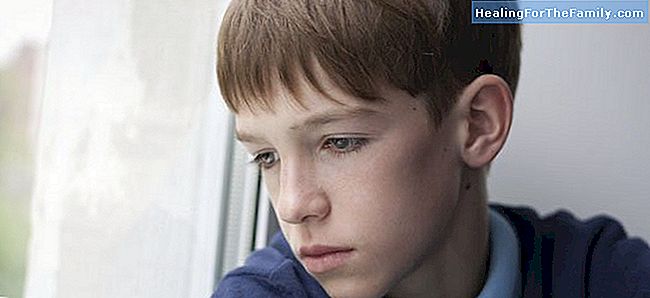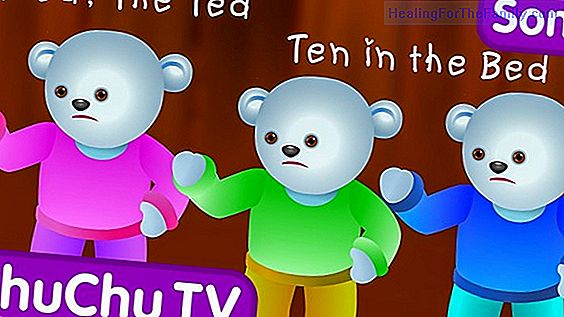Childhood depression
Depression is not just about adults . Children can also suffer it. Depression in childhood is accompanied by sadness, a series of symptoms in children such as sudden mood swings, tantrums from any cause, high level of anxiety, among others. Difference between depression and sadness of children Child
Depression is not just about adults. Children can also suffer it. Depression in childhood is accompanied by sadness, a series of symptoms in children such as sudden mood swings, tantrums from any cause, high level of anxiety, among others.
Difference between depression and sadness of children

Childhood depression is a disorder characterized by an alteration in mood accompanied by behavior at school level, at home, in the child's community. It is necessary to distinguish when there is a depression and when the child is only sad, because many times the children, like the adults, become sad. But that does not mean they are depressed.
To be depressed, we are talking about ya it is a diagnosis within mental health and the child has to be very sad, he has to have a series of alterations, which are noticed in the school, which are noticed with the friends, that the potatoes notice, that they all notice, during a long period of time. A depressed child is sad all day, stops doing activities he used to do, loses his appetite ... Depending on how these symptoms are and the severity of the symptoms we can talk about a state of depression
mild, moderate or severe . We also have to think that the symptoms will vary depending on the age of the child.At what age can children have depression
Regarding the prevalence of depression is a fact that is very controversial because when you do a review of scientific literature to see what prevalence, what percentage of children have depression we find that according to the Study varies a lot and also varies a lot depending on which is the theoretical model that we have taken, that we are defining by depression, with what instrument we are measuring it, and in what population we measure it.
Then, so clear data so clear there are not. But we have to think that in the earliest childhood, in terms of childhood depression, the prevalence is not so high. We are talking about 1 or 3%. It is true that there are many sad children, but a sad child is not a depressed child. So, you have to be careful with that. As we get closer to puberty, and as we get closer to adolescence, there and the prevalence if it is true that rises a little more. We can already talk that there may be more teenagers than if they really can have a depression. There we can talk about 3 or 9% of the population.
Another question that parents usually ask is:
Is depression hereditary? Endogenous depression does have a hereditary component, but we have to know thatchildhood depression is not always hereditary . There are many other causes, such as the parenting style of the parents, the environment in which the child lives, the model the child is receiving from the parents, all this will have a lot to do with it.












